Wildlife Safety In and Around Mammoth Lakes
February 4, 2020
Real Estate
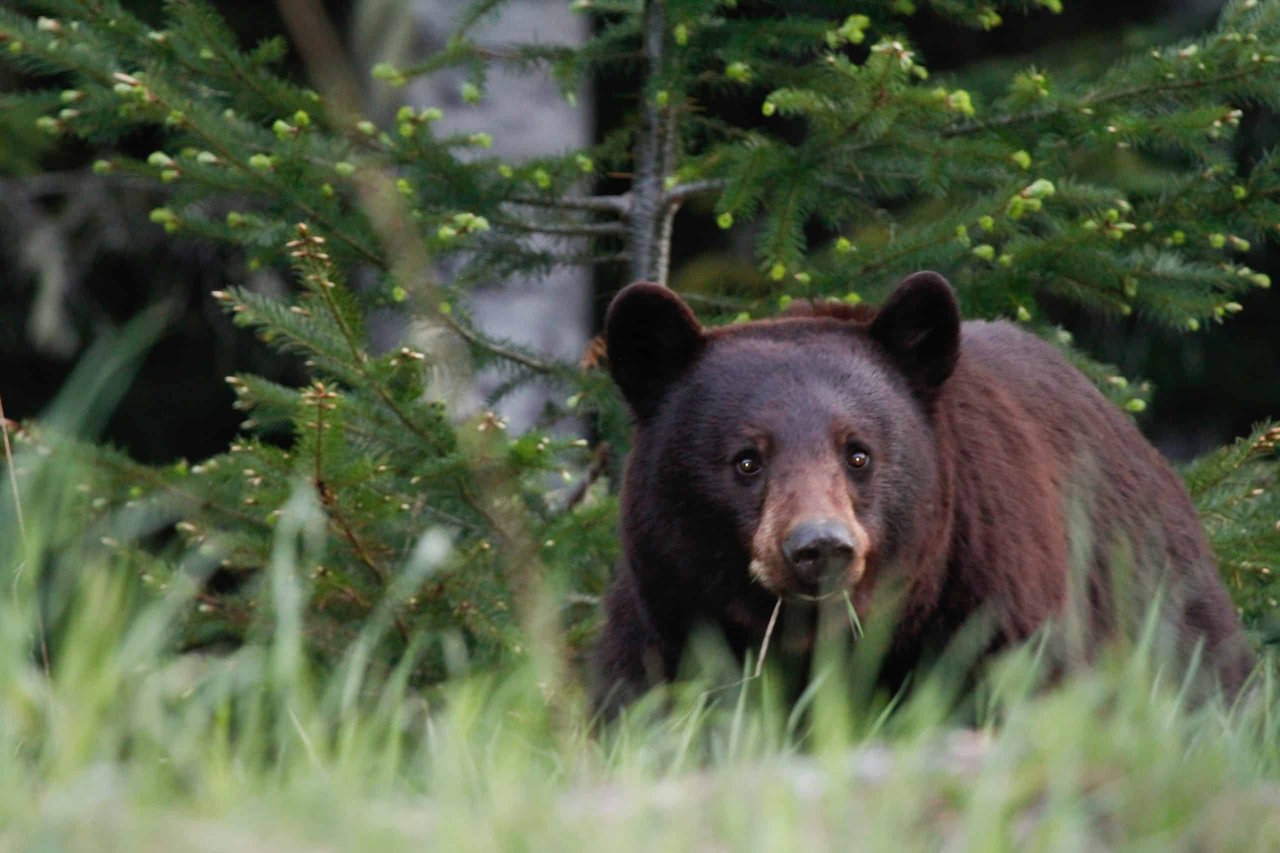
February 4, 2020
Real Estate

Most people see wildlife in Mammoth Lakes in the summer and fall, but the local fauna are around year-round. Mammoth Lakes is home to bears, coyotes, deer, mountain lions, and more. Keeping yourself safe and practicing good wildlife etiquette will help keep the animals safe.
We regularly hear about animals having to be put down because of humans intervening with Mother Nature. You might have heard about Yellowstone tourists putting a bison calf in their car or trying to ride a deer. And in California, wild animals are falling victim to death more because of access to food and garbage.
The Town of Mammoth Lakes uses bear-proof dumpsters. If you’re using one, always be sure to clip the bear-resistant latch when you’re done. Don’t leave anything scented (even lotions, sunscreen, gum, mints, etc.) in your car — bears have great noses and have been known to pry car doors open to get to scented items. They can do quite a bit of damage once they’re inside your car too.
If you’re camping in the Eastern Sierra, you’ll need to properly stash your food and trash as bears and other animals are attracted to anything edible or smelly. Most established campgrounds in the Eastern Sierra have beer-proof storage boxes at each site. If you’re backpacking, you’ll need to take a bear-proof food canister with you. Always clean up and properly store food and garbage immediately after meals. Bears can smell food cooking from 3-4 miles away.
If you have children, teach them what to do if they encounter a bear. Never approach or touch a bear, even a bear cub. If you see a bear, don’t run. Instead, just let it be. If it sees you and still comes toward you, face the animal, make noise, and try to appear as large as possible. The black bears that call Mammoth home are typically afraid of people and prefer to leave you alone. If you see a bear cub, move on — you don’t want to be between a mother and her cub.
“There’s more misinformation about black bears than accurate information,” says Steve Searles, a local bear expert, in an article from a few years ago.
Black bears subsist mostly on seeds, berries and other vegetarian items — don’t leave bird seed out as this is a major draw for them. They’re generally gentle creatures, and you’re much more likely to be struck by lightning than be attacked by a black bear. There aren’t any grizzly bears or brown bears in the Sierra Nevada, although the resident black bears may be brown or blonde in color. There’s no need to carry bear spray in this area, and it’s actually prohibited in Yosemite National Park and some other areas. The biggest concern with bears locally is their desire to get into your food.
Photo by Josh Wray for Visit Mammoth
The Eastern Sierra is home to many mule deer, and you might see them while hiking or driving through the area. Keep an eye out for signs on Highway 395 about migrating deer. Drive extra cautiously and always keep your eyes on the road, especially when you see these signs. When hiking, remember that mule deer can be spooked easily, so give them plenty of space, and never try to touch or feed a deer.
In the high alpine, the Eastern Sierra is home to bighorn sheep, but these beautiful creatures are rarely spotted. If you see them, give them plenty of space too.
You’ll probably never see a mountain lion, but if you do, don’t run. The National Park Service has good information about mountain lion encounters. It’s much more likely that you’ll see a coyote. Leave coyotes alone and give them plenty of space, but if they approach you, make loud noises, and if you’re on skis or have poles, bang your poles together.
Most visitors and residents in Mammoth Lakes have no issues with wildlife. If you practice proper food storage and give wild animals plenty of space, they’ll happily coexist with us. Be sure to take a moment to appreciate a wildlife encounter if you have one!
More resources:
Stay up to date on the latest real estate trends.
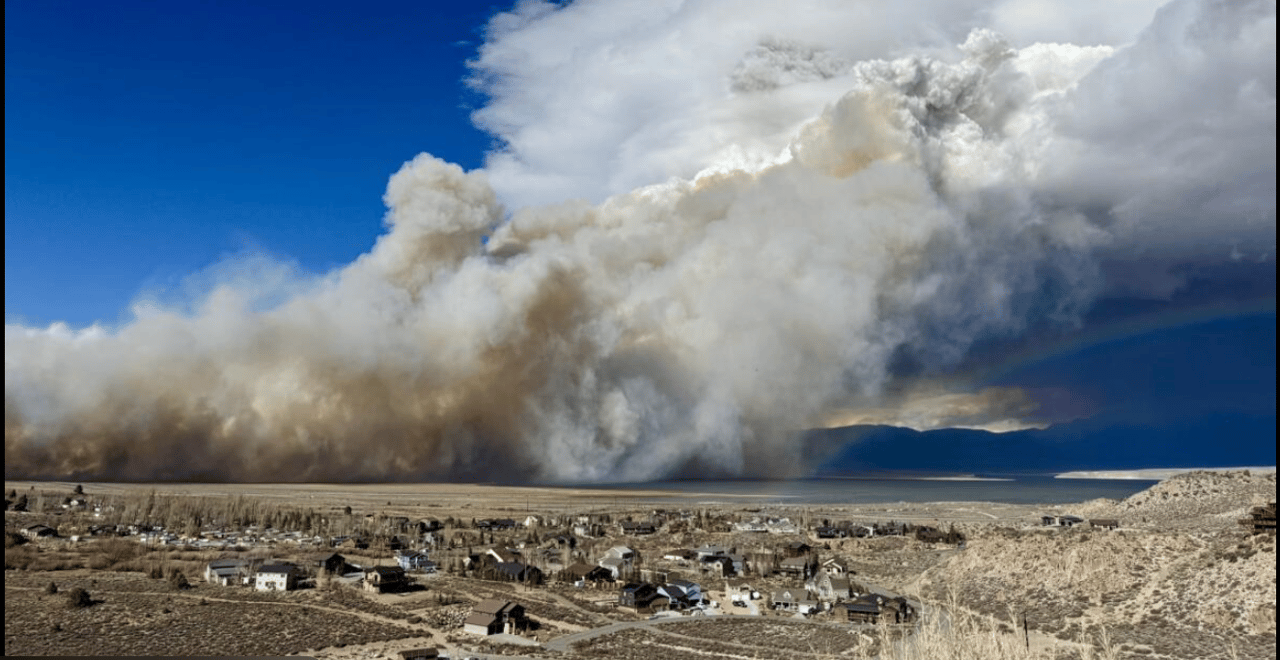
Mammoth Lakes Community
December 22, 2025

Buyer
December 19, 2025
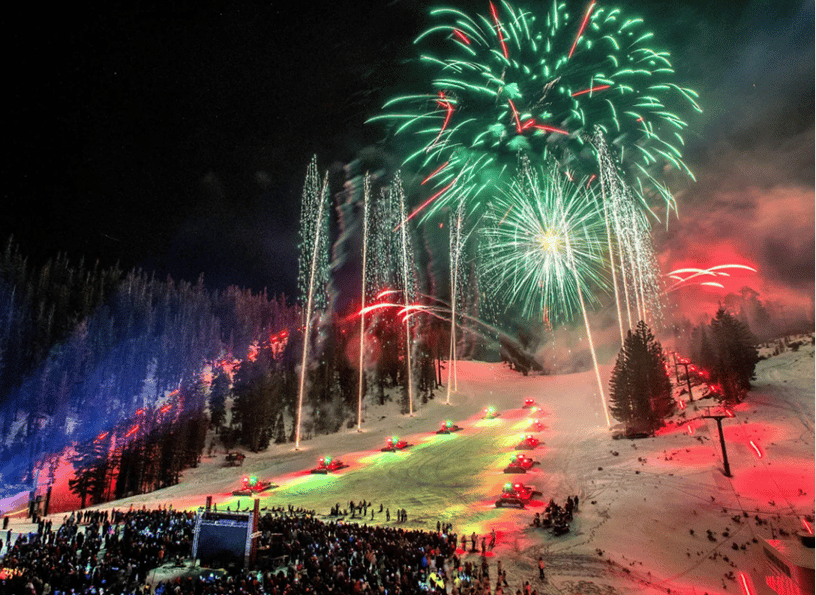
Market Update
December 15, 2025
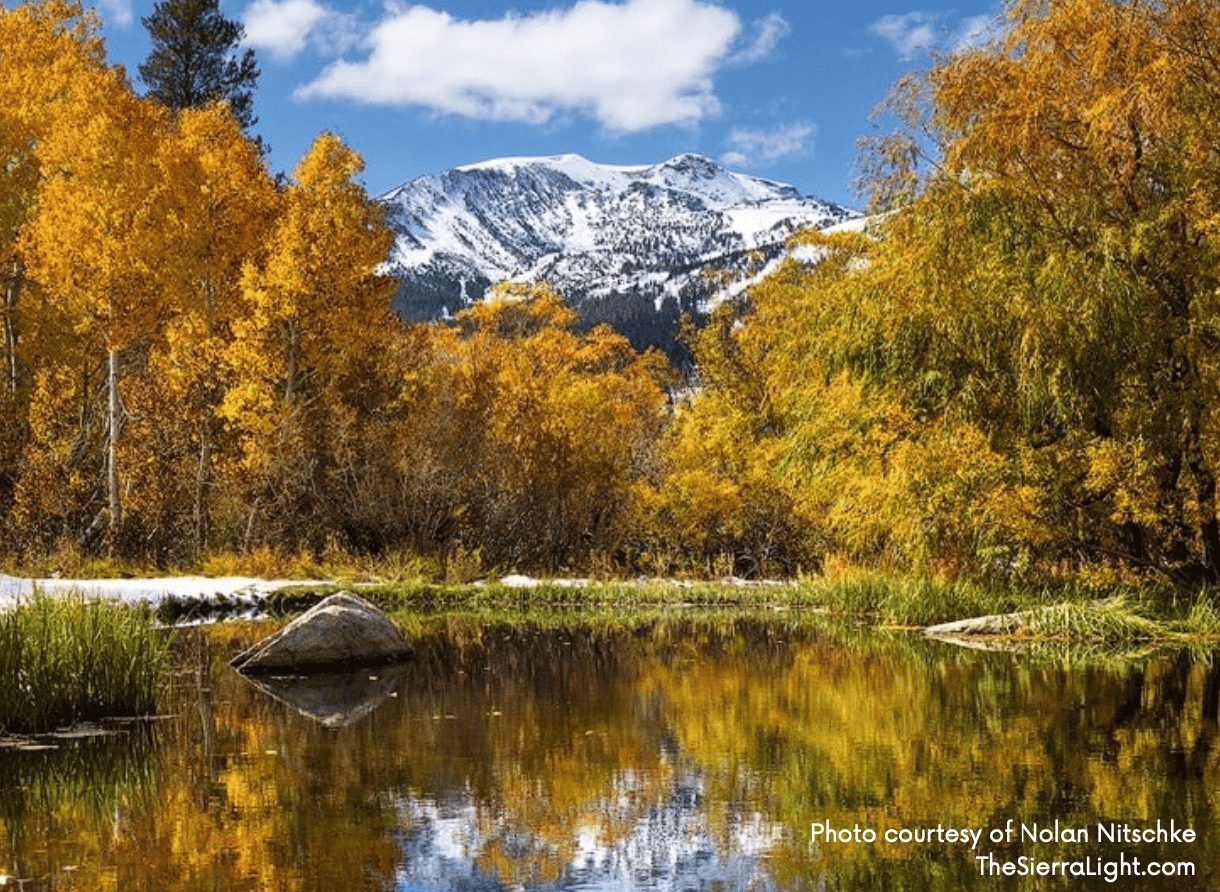
Market Update
November 11, 2025

Real Estate Education
November 3, 2025

Buyer
October 28, 2025

Buyer
October 17, 2025
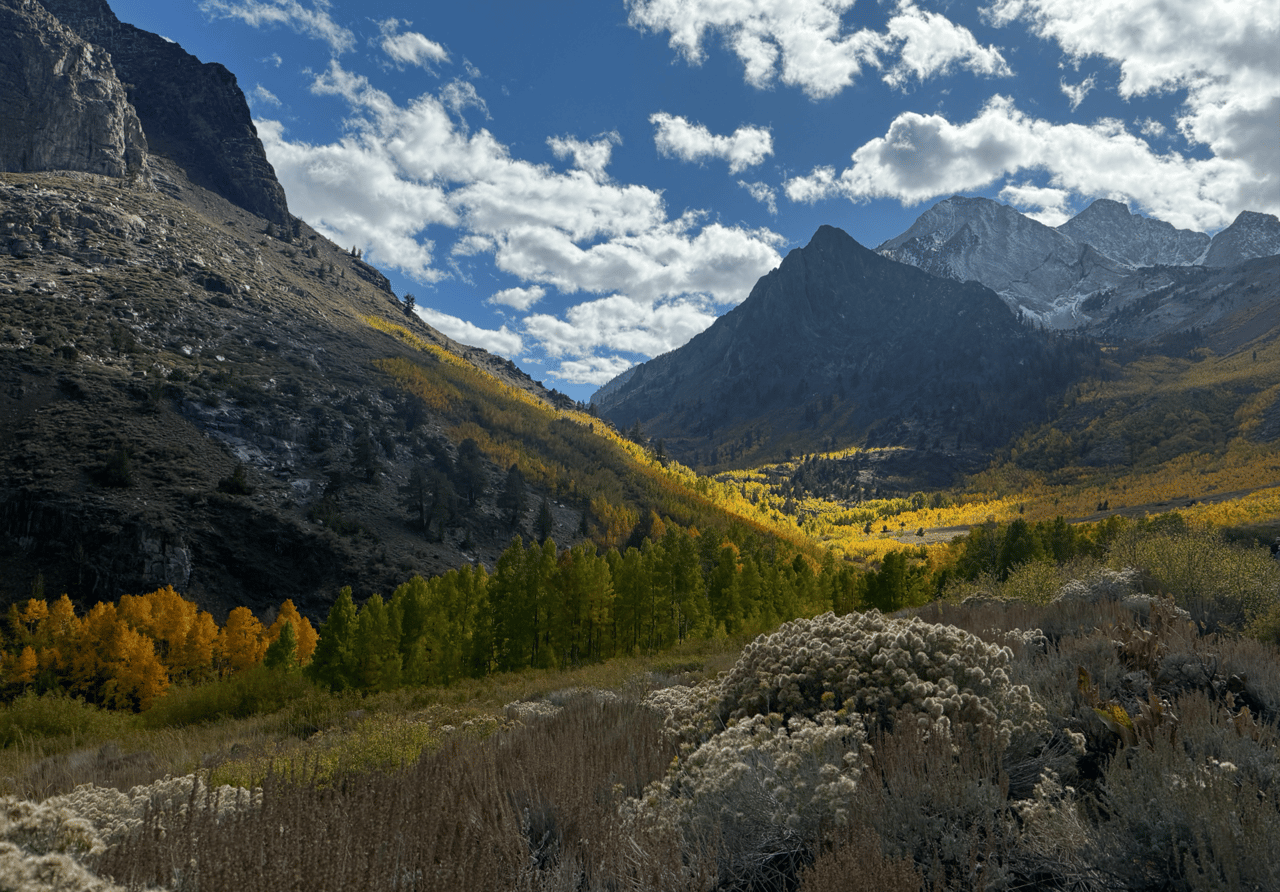
Market Update
October 13, 2025

Buyer
October 7, 2025
You’ve got questions and we can’t wait to answer them.